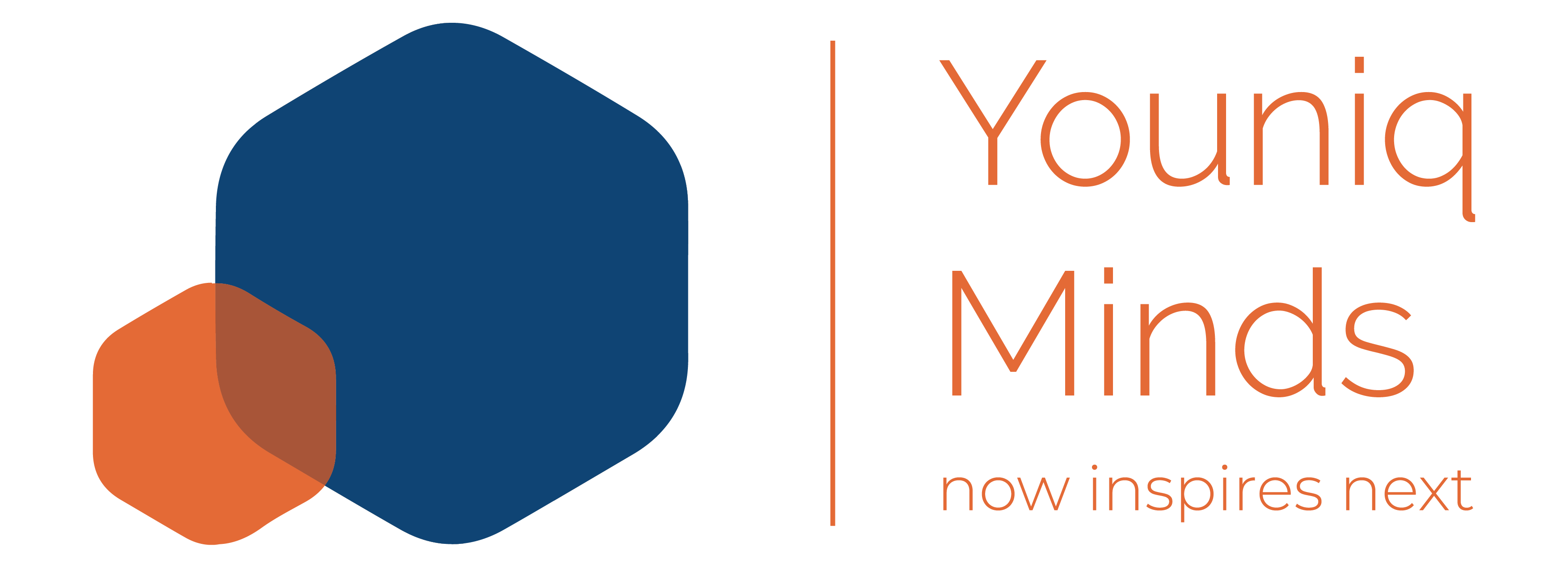Xavier was invited to a leadership council meeting. A Leadership meeting was held when all key decision makers were to come together to decide on an important issue; they also invited subject matter experts for their opinions to this meeting. Xavier was excited to be invited to this meeting but was wondering what the agenda was.
The meeting started with a briefing on the matter at hand – the leadership council was to decide whether the company should pivot from a predominantly ‘in person’ ‘classroom’ training mode to a virtual mode of learning. Xavier thought this was a simple decision; the world was changing, and people were very comfortable consuming information/ content online, and hence, it was a no-brainer – we should pivot from the traditional mode to a predominant virtual, self-paced learning mode. To his surprise, the council was split; he could not believe that many people in the room continued to espouse the traditional mode and felt that online learning was not as effective. Both sides were trying to convince the other of their point of view.
Xavier had a strong point of view on the subject but did not participate in the dialogue. He was constantly thinking – how does he put his view so as not to offend others? Will people agree with his views? Is his point of view sound in logic? What is the use of speaking when others are articulating his point? What is the use of speaking up, It will create more confusion, and my views may not settle the issue, so why bother? In all this, despite having a firm viewpoint on the subject, Xavier did not speak much. He was dissatisfied after the meeting because he did not speak up.
We often shy away from expressing our thoughts in meetings as we constantly judge and question our opinions or viewpoints.
Does this sound familiar?
Do you also choose not to say something because you don’t want to be rude to others? Or do you say things in a way that gets interpreted very differently than what you wanted?
Let me assure you that this is not uncommon and happens to many of us.
Let me share a few things I learned while coaching Xavier.
Xavier prefers to be selective in speaking on most subjects. One of the things that is very important for him is to present his thoughts objectively and neutrally. He prefers saying things that will not be rude or make people think he is arrogant. However, being very conscious of this, he often denies himself an opportunity to present his viewpoint to everyone in the room. After all, he is an accomplished and seasoned leader.
During the coaching session, his aha! The moment came when he compared one of the most famous problem-solving tools, the “5 Whys methodology,” with one of the alternative approaches to knowing about others’ perspectives.
5 Whys methodology was one of those techniques that he has always used in his day-to-day job. It comes naturally to him, and it has proven to be an effective tool for him and has helped his team solve complex problems.
However, he discovered that this methodology may not be efficient while dealing with people. He said, ” It seems like a 5 why methodology can make people defensive, creating an antagonistic situation where the other person perceived it as an interrogation, which soon degenerated into a “you vs. me” scenario.
It seemed we had found a piece of wisdom that we would cherish for a long time. After a long pause, he said, I am reflecting right now that in most general topics, we come together to make collective choices, and, therefore, it needs a different mindset.
The ability to inquire and participate in a dialogue is crucial in both personal and professional spheres because it helps connect and leverage diverse points of view. In the long run, it supports us in creating a culture of trust, collaboration, and teamwork.
What are the Limitations of the 5 Whys during conversations?
The 5 Whys is a very effective technique that helps excavate the underlying causes of a problem. Therefore, it is a very effective fact-finding technique to unearth the root causes of a problem. However, in our general conversations, it can inadvertently introduce an interrogative tone—the repetitive asking of “why” might insinuate fixing blame, inadvertently triggering defensive reaction and resistance. This technique may obstruct open communication, generating friction among team members and potentially escalating conflicts.
So, how can we express our viewpoint without any underlying concerns? What can we do to say what we want so that other people can converse with us?
The first step is moving beyond “Why.” To foster a healthier and more productive dialogue, consider shifting focus from “why” to a broader spectrum of questions. Before getting to a technique that helps us move beyond “why,” let’s understand what mindset can help us express our point of view freely.
- Be curious: Try to understand why the other person has said what they have said. Some questions that will help Xavier in this situation will be the ones that give him a better understanding of what makes the other camp believe that the company should continue investing in in-person training. This will provide the power to present his thoughts in a way others will hear.
- Understand your own emotions: We are emotional beings, and all conversations trigger emotions. We are also intellectual beings, so we pay attention to the intellect part and tend not to pay attention to feelings that show up during the conversation. When we do so, we allow emotions to hijack our thinking.
- See these dialogues as an opportunity to bring out the best in others: Do conversations keeping in mind the outcome you would like to generate as against telling others about your “POV.” This shifts the focus of the discussion and produces impressive results. This mindset also decompresses the worry sometimes at the back of our minds during the conversation.
Fostering Collaborative Approach to Decision Making and Problem-Solving: To cultivate a collaborative problem-solving environment, consider these strategies:
- Cultivate Psychological Safety: Establish an environment where others feel secure expressing their opinions and ideas without apprehension of reprisal. This environment encourages candid discussions and a readiness to collaborate. It is very important to provide a judgment-free space for others to freely discuss their ideas and viewpoints. This can be achieved if we decide to be respectful of others’ points of view no matter what.
- Present your point of view in a non-threatening way: Speak using facts and don’t get attached to your opinion. Allow others to ask questions to clarify or recommend so that they can understand you better. In any work environment, disagreements and rigorous debates are often what help us overcome problems and arrive at meaningful solutions.
- Practice Active Listening: Acknowledging different perspectives can thwart defensive reactions and pave the way for more constructive dialogues. One of the most powerful ways to engage in a conversation is by listening to others and oneself. When we can engage in a talk by listening, we can retain the essence of the 5 Whys technique to understand fully before solving.
- Practice asking “what” questions instead of “why” questions: Questions are a powerful tool for attaining knowledge, problem-solving, and making connections. Questions starting with “what” give us more insights. Whereas “why” is usually past-oriented and triggers a justification response or makes conversations more philosophical.
Powerful Questions that you can ask:
While you can convert any question into an open-ended one, there’s an art of asking the right question at the right time. Open questions provide you with valuable insights about assumptions and motivations. Here are some powerful questions you can ask:
- What are some benefits of doing (insert the idea here)?
- What factors do you feel will make this a positive experience?
- What are your reservations about the (insert your idea)
- What are some potential ways to achieve what we both want?
Conclusion:
Although the 5 Whys technique yields valuable insights into the root causes of a problem. Its exclusive focus on “why” questions can inadvertently trigger defensive reactions and conflicts. By embracing the approach shared in this blog, you can make the workplace a hub of collaboration, where diverse perspectives converge to devise solutions that benefit everyone.
The Power of Coaching and Group Learning: Coaching is one of the most impactful ways to learn and grow. It empowers individuals to create their learning opportunities, fostering self-directed development. Youniq-Minds offers one-to-one coaching and orchestrates cohorts for those eager to invest in personal growth within a group setting.

